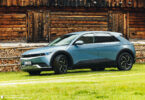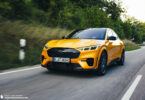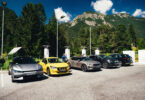Cars from VW – apart from several exceptions – aren’t known for evoking great emotions – is the VW ID.3 Pro set to reach the cult status of the likes of the Golf R32 or Passat R36? How smart is the electronic VW and why are you more likely to take it to McDonald’s than any of the other electric cars on test? We put the € 45,065 VW ID.3 Pro to the test on our everyday routines from the highways to the nursery, finding out what it is and isn’t capable of.
You can find all electric Cars in our big EV special “Which is the best electric car of 2023?“, where you can also check out our personal EV buyer’s guide – free of charge!
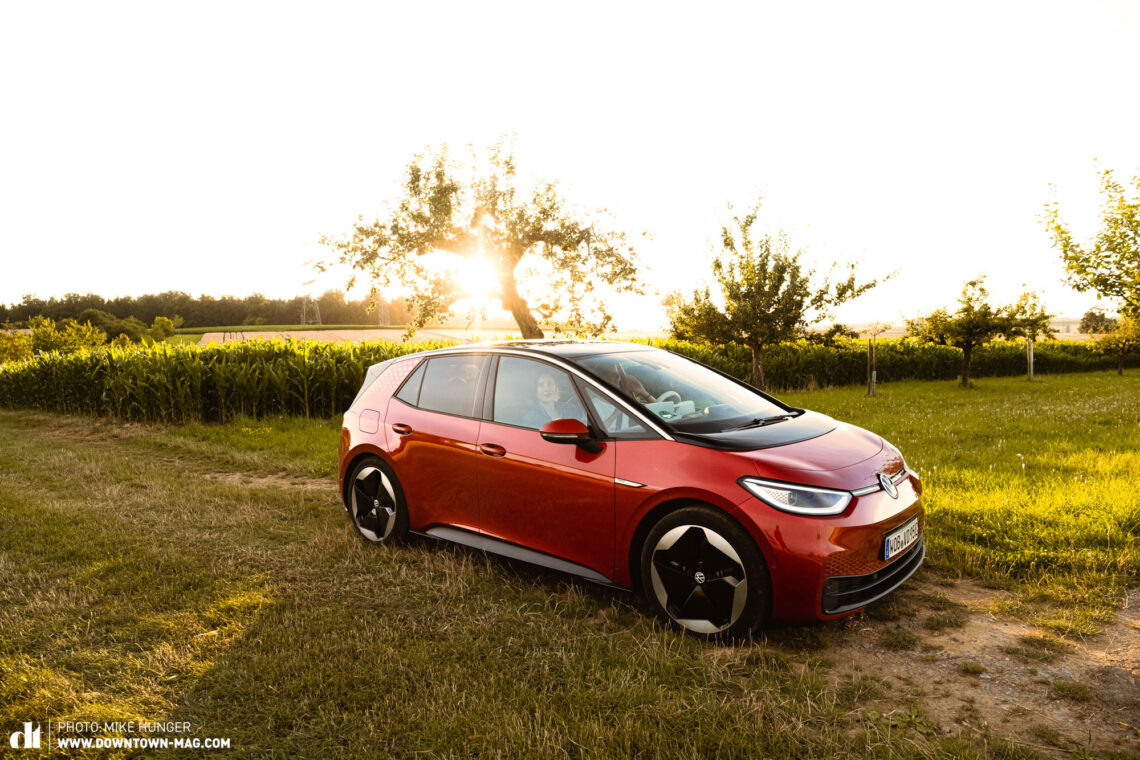
To be frank, we’ve never been big VW fans. The Golfs of this world simply don’t have enough character or any je ne sais quoi that lets them stand out from the crowd. But it also makes sense, since VW make cars for the masses that must appeal to a very broad target group all over the world, which necessarily means that they can’t be too daring with the designs. As such, they never elicited much excitement in us. Not so with the new ID.3 (and, check this, we’re even looking forward to the ID.Buzz)!
Common ground – The MEB or Modular Electric Drive Matrix
With the MEB, which is a German acronym for VW’s Modular Electric Drive Matrix EV platform for the ID family, VW are breaking new ground, not just in terms of looks but also regarding tech. Along with the ID.3, the VW Group plan to base all their electric cars on this platform. Its modular design means it can be configured for a wide range of vehicle types, allowing VW to adjust the wheelbase and track width to accommodate different bodies, giving them design freedom and improving cost efficiency when developing new models. Depending on the wheelbase and vehicle type, they can also add more batteries and reconfigure the battery housing. It’s not just the ID family that’s based on the MEB platform but also the Audi Q4 e-tron, CUPRA Born, and ŠKODA ENYAQ iV, among others. Even Ford are funding a part of its development and will use the same modular platform in the future. Welcome to new galaxies!
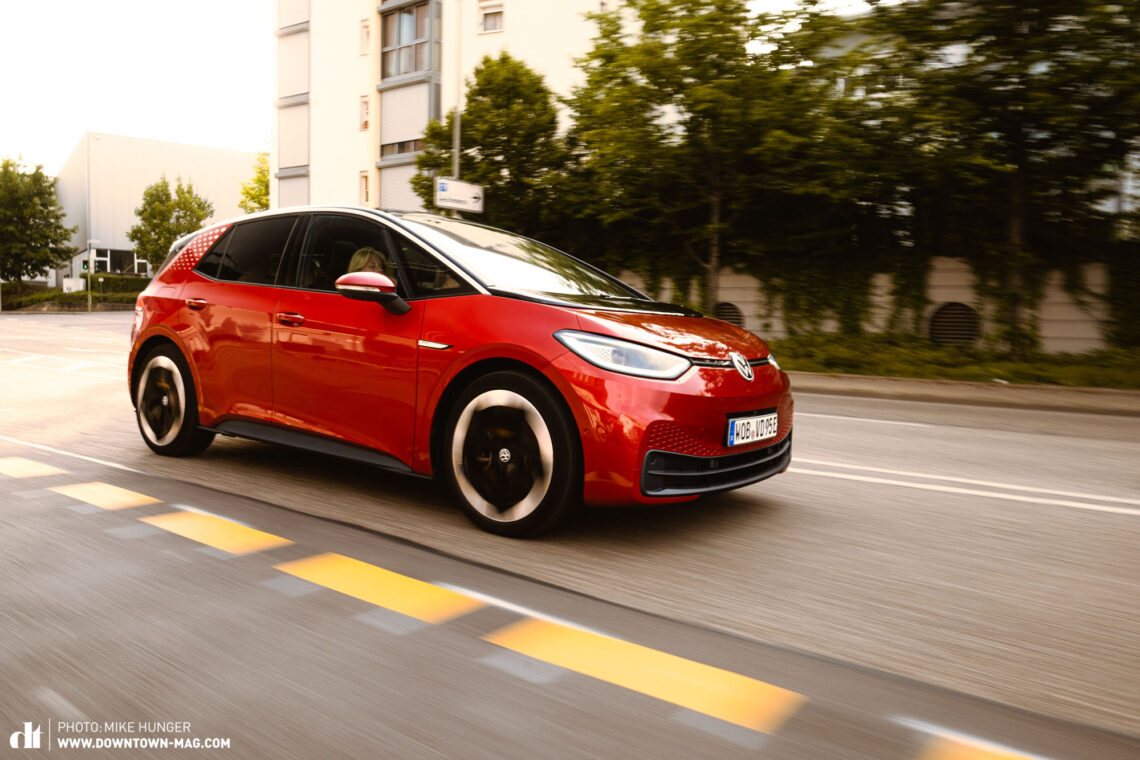
Spaceship vibes? The design of the 2022 VW ID.3 Pro
With the ID.3, VW have managed to combine futuristic design and driving fun in a cool concept that should appeal to the masses. A brighter future, unique design, sustainable resources – these are all terms that most automobile companies like applying liberally, yet they’re seldom more than empty promises. That’s not the case with the ID.3 – it really does feel unique. While other manufacturers can’t seem to think beyond the limitations and characteristics of traditional combustion engine vehicles, VW have approached the design of the ID.3’s interior with a blank slate. The same applies to the exterior: There’s no mistaking the ID.3 on the road and it’s immediately recognisable as an EV. The grille of the VW seems to smile, and, as you approach it, its headlights briefly light up to greet you. Another crucial factor of the electric car’s emotive aspect, value perception and driving experience is the sound design. While quiet and inconspicuous on the inside, you’ll perceive it as substantial and voluminous as a pedestrian, almost as if Luke Skywalker himself has just come around the corner in his spaceship. The VW ID.3 is available in a wide range of modern and hip colours. Our test car donned the glitzy Kings Red Metallic, though we’re not sure everyone will like the silver spots on the C-pillar – we didn’t.
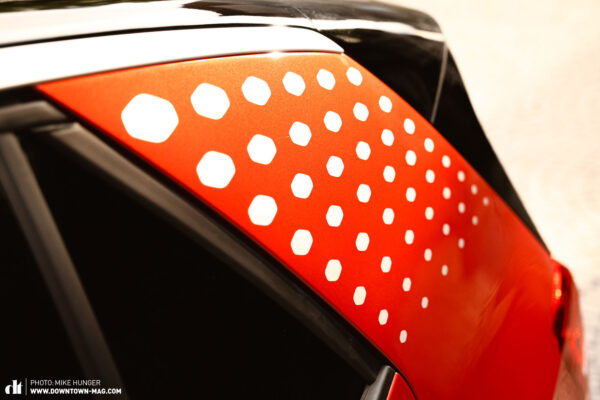
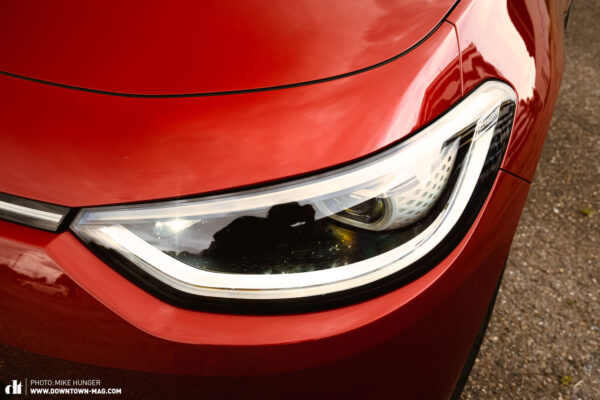
Ready for a family outing? Interior, layout and luggage capacity = a new feeling inside the VW ID.3 Pro
Your bags are packed and everyone’s excited for the journey ahead, but will everything fit in the ID.3? We’re happy to report that the ID.3 easily accommodated our royal testers. Together with king poodle Rufus in the trunk, Tessa, Juli, Diana and Isi found ample space as they went about their day soaking up the sun and picking berries. The interior feels roomy despite the electric car’s relatively compact dimensions of 4.26 x 1.8 x 1.55 m. As a comparison, the Golf almost has the exact same dimensions. However, the ID.3 makes the most of the configuration possibilities presented by the electric drive, creating an entirely new and spacious feeling in the interior with its large windshield and panoramic roof.

The centre console between the front seats seems rather small, but it’s capable of holding more than you might think. There’s a large storage compartment, cup holders, and a tray for two smartphones with an inductive charging function. All in all, the interior boasts good workmanship, but many of the surfaces are made of synthetic materials. Moreover, the white trim inside our test vehicle is dazzling, literally, as direct sunlight tends to bounce off the reflective dashboard elements and hinder the driver’s view. With the Style package of the model on test, the front seats shift back automatically when you open the doors, welcoming you and making it easier to get in. And if you’re headed out with long-legged friends, they won’t feel too cramped in the back, as it offers sufficient leg room.
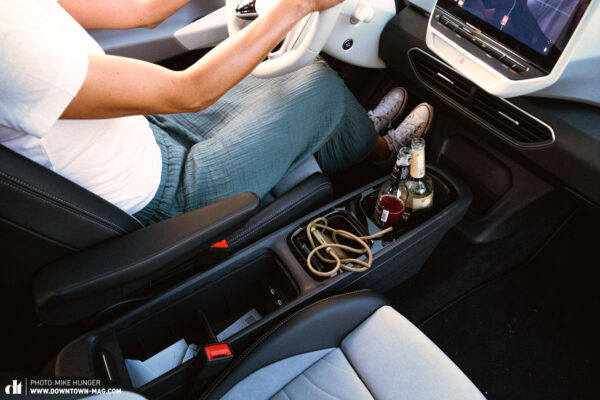
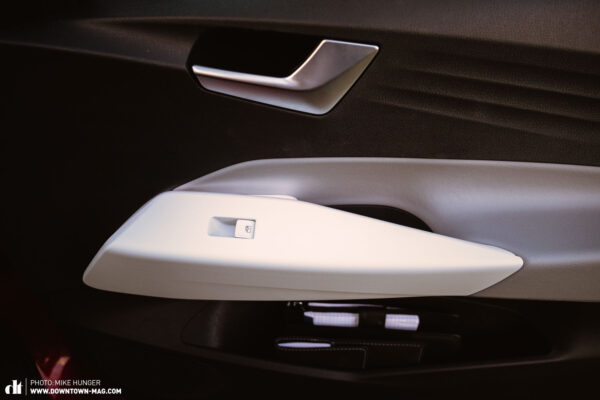
The 385 litre storage capacity in the trunk is big enough for your weekly shopping. In case you need more space, you can simply fold the rear seats down and thereby expand the total luggage volume to 1,267 litres. Conveniently, the seats fold down flush with the trunk, giving you a large, flat surface. When the trunk is full, we would like to have additional storage space up front (a frunk, if you’re looking for a hip word), at least to keep the charging cable easily accessible. Without it, you’ve got to rummage around the back whenever you need the cable to recharge.
How much fun is the VW ID.3 to drive?
Design is great, but when you’re sitting behind the wheel, it’s got to be fun to drive, too. The VW ID.3 strikes a good balance between everyday practicality and a zippy character. The Permanent Magnet Synchronous Motor is always ready to unleash its 150 kW, allowing the ID.3 to pull away reliably, which is particularly advantageous when overtaking or merging with traffic. In the summer, rear-wheel-drive is a lot of fun, as the steering isn’t influenced by the driving forces of the motor. Rear-wheel-drive cars tend to oversteer in slick winter conditions, however, which can lead to some hair-raising experiences despite electronic stability control systems.
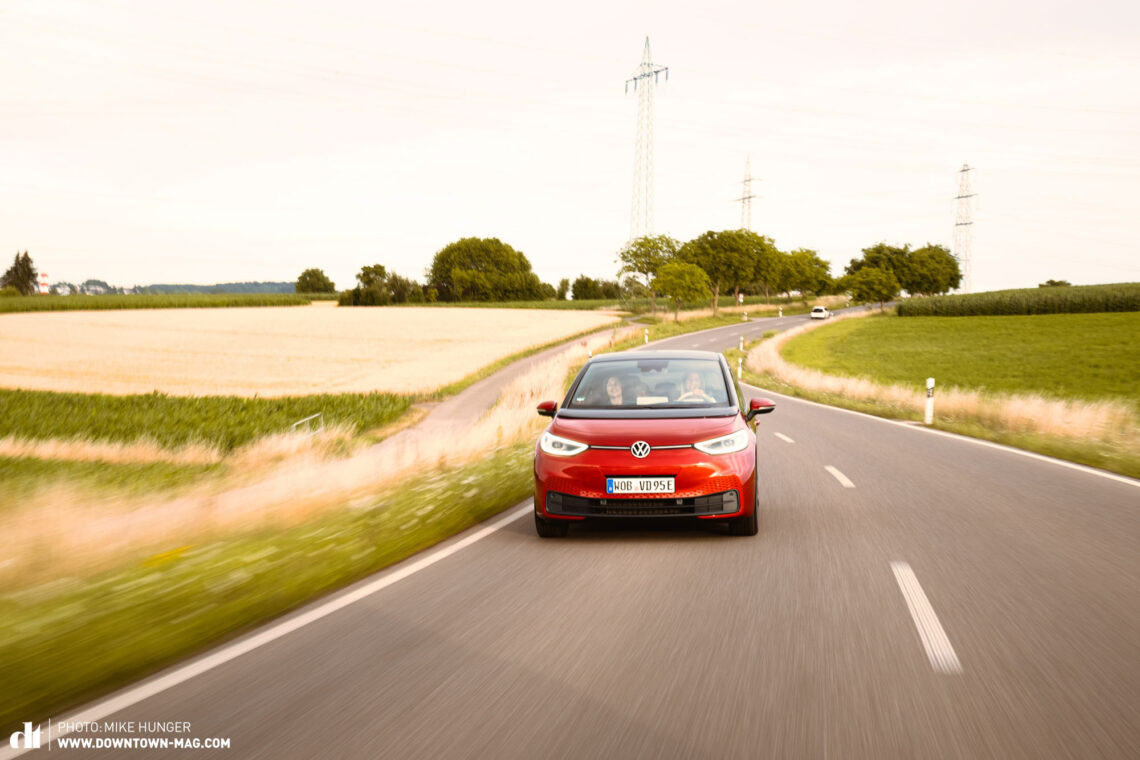
The paddle behind the steering wheel lets you choose from two different driving modes: the standard Drive mode, and the Brake mode. With the latter, you can drive the ID.3 using the one-pedal technique since it will activate regenerative braking as soon as you let off the accelerator, recharging the batteries until you come to a stop. The main display lets you toggle between further pre-configured driving setups: Eco, Comfort and Sport. In Sport mode, for example, the accelerator responds more sensitively, and the drive unit feels punchier, providing that typical instant power delivery so characteristic of an electric motor. With the custom mode, you can customise the individual parameters to suit your preferences.
Unfortunately, the steering and suspension provide minimal feedback from the road, and the high centre of gravity combined with the soft suspension result in a lot of body roll with an aggressive driving style. This mainly bothered our test driver Erik, who, admittedly, usually drives a Porsche. Having said that, even Erik admits that the VW ID.3 Pro provides the kind of driving fun you’d expect from an electric car with quick acceleration (100 km/h in 7.3 s). But if you’re looking for something a little sportier and more dynamic, you’ll be better advised to go with the VW ID.3 GTX, which produces 244 kW, catapulting you from 0 to 100 km/h in 5.3 seconds. Nice! That said, the ID.3 Pro feels zippy enough in the city, providing clear visibility, and allowing you to navigate even the tightest parking spots with its 10.3 m turning circle.
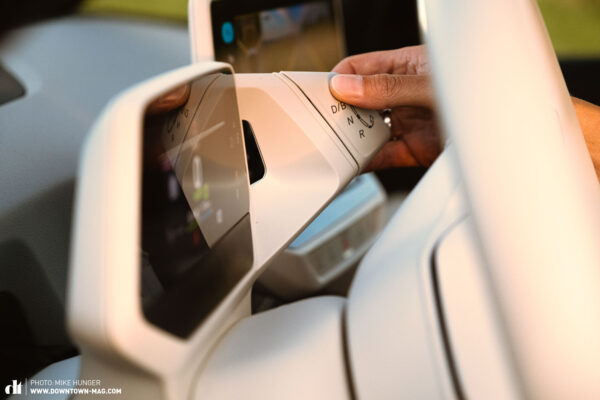

VW ID.3 – Charging time and range
According to the manufacturer, the ID.3 has a range of 300 to 429 km (WLTP). We drove our test vehicle on the highways, through the countryside and in the city, covering a total distance of about 1,500 km, clocking an average consumption of 18.5 kWh per 100 km. That’s about 315 km on a full charge. Once the 58 kWh battery is empty, the ID.3 can be charged at a power of up to 100 kW. As with most electric vehicles, the charging power drops significantly from a 30% state of charge, going down to 60 kW from 60% battery capacity. With a wall charger installed at home, your maximum charging power is 11 kW.
If you haven’t got enough range for your planned destination, the navigation system will automatically include charging stops along the route, calculating the ETA based on the required charging time. This is an important and good function to have, though many manufacturers don’t offer it. Tesla still set the standard in this regard, but they only take their own Superchargers into account. We would have liked to have the charging point located front and centre, like on the Honda e, as this allows you to just park with the nose in front of the charging station. Otherwise, you must first remember on which side the charging port is located and manoeuvre the car into the charging spot accordingly, especially if you’ve got a lot of cars already docked.

How smart is the VW ID.3? The assist functions of the electric VW
Nowadays, our lives are full of conveniences that claim to make our daily routines easier, like the driving assist functions in modern cars. As mobility figures out the complexities of fully autonomous driving, however, you’ll encounter features and systems that sound clever at first but turn out to demand too much attention, distracting us, and responding to stimuli as harshly and unreliably as a novice driver. Fortunately, the assist functions in the € 45,065 ID.3 Pro on test (software version 3.0) are largely free of these shortcomings. If you’re stuck in slow moving traffic, the Adaptive Cruise Control reliably keeps a safe following distance. The system doesn’t have any trouble recognising vehicles and categorising them according to types, like trucks, passenger vehicles and bicycles, even when you’ve got poor visibility around a corner – no need to stress about the kids distracting you with their bickering or playing in the back.
If traffic comes to a complete stop, the ID.3 has a Stop & Go function, halting and moving with the traffic automatically, which the Polestar 2 and the Fiat 500e can’t do. When you’re using the navigation system, the ID.3 also slows down autonomously as you approach corners and roundabouts. The software also takes care of speed limits, capable of recognising and reading road signs, even if they’re restricted to certain times of day. The ID.3 then adjusts the speed accordingly and sticks to it, regardless of whether you’re driving up- or downhill. Other electric cars like the Polestar – which claim to have the same function – can’t do that. On the other hand, you’ll need to have a lot of confidence in the Lane Keep Assist function since it drives all the way to the right shoulder of the road, and it stops working altogether in heavy rain.
The Park Assist and 360° cameras make easy work of parking, though they aren’t perfect. Unfortunately, the fields indicated on the screen occasionally jump around and the software doesn’t always recognise parking bays or interprets them incorrectly. However, once the ID.3 recognises a parking spot, it takes care of the rest reliably.

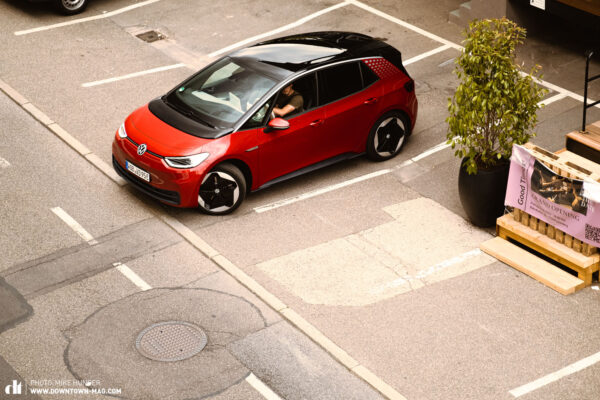
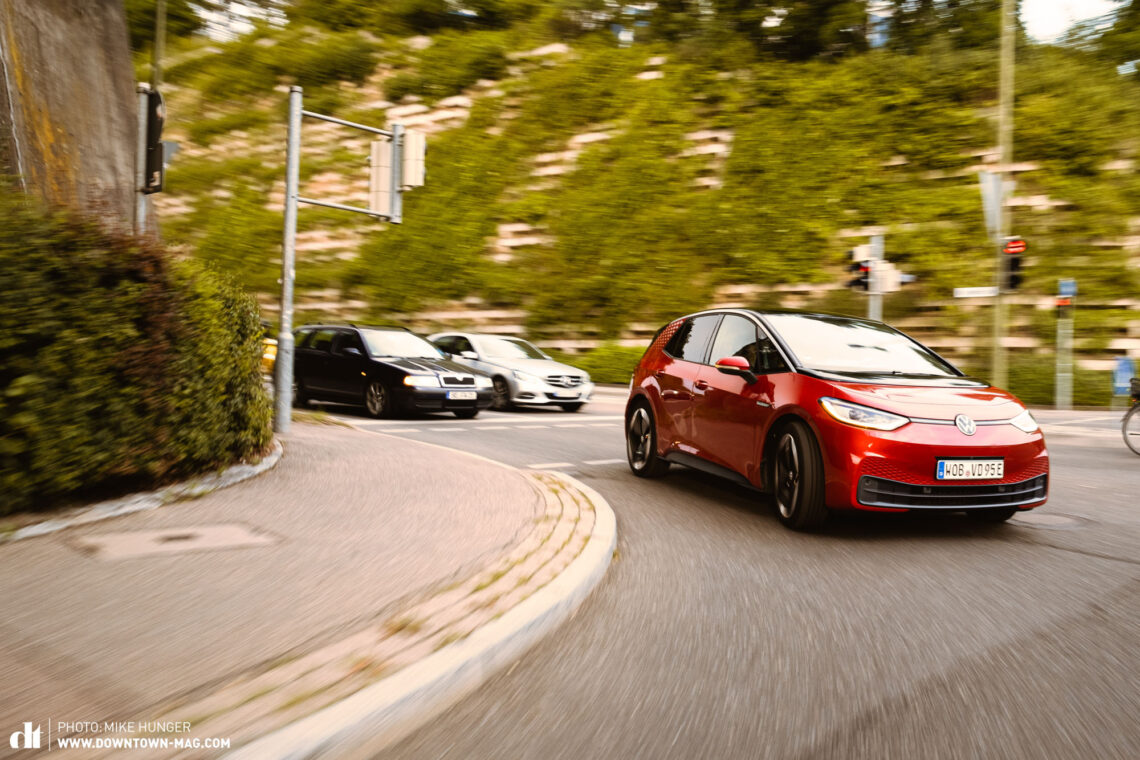
How smart is the VW ID.3? The assist functions of the electric VW
The controls in the VW ID.3 have been paired down, yet they take some getting used to. For example, the gear selector is located behind the steering wheel, and the controls for the radio and panoramic roof consist of touch panels that light up and provide haptic feedback. Navigating the menu of the central touch screen isn’t very intuitive either. Moreover, the touch panels respond to a wide range of different gestures, which can get a bit confusing. If you’re driving by yourself, the controls can get distracting and even dangerous at times.
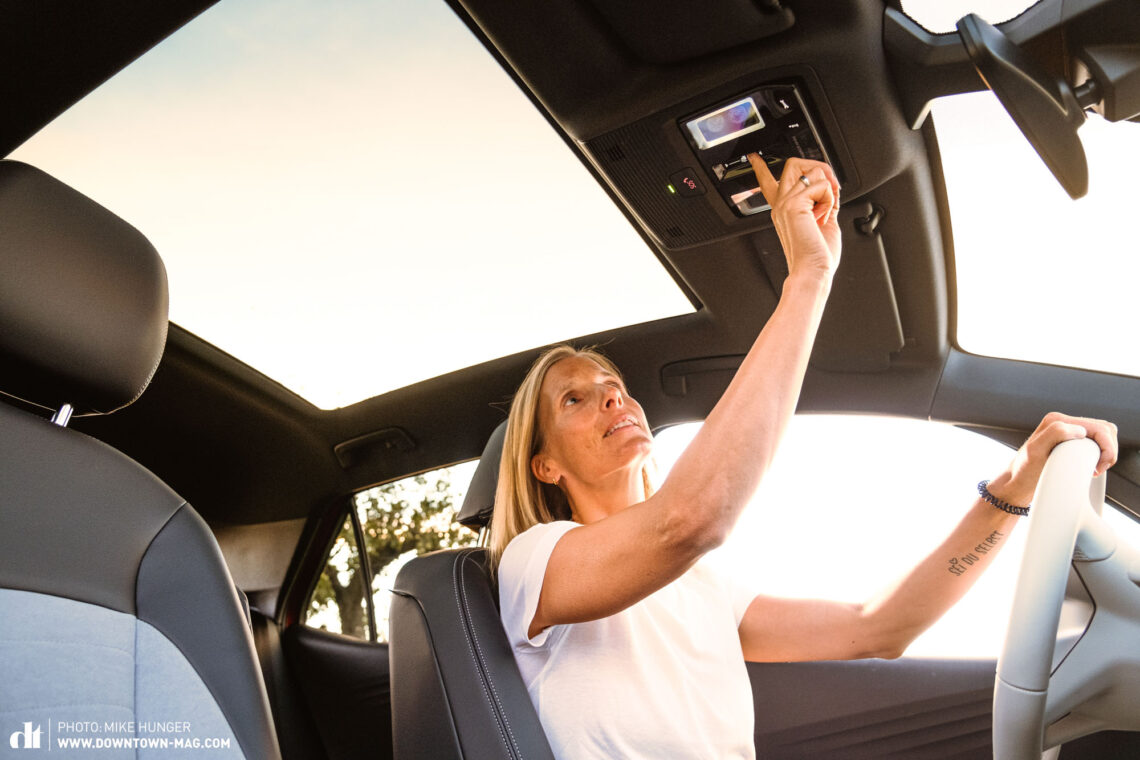
The 12-inch touch display in the centre console allows you to control almost all the functions in the EV, including the navigation system. Thanks to the suggestions in the quick menu, you can easily find your personal points of interest, like charging stations or recent destinations. If you can’t find what you’re looking for there, you can either type in your desired destination or use voice commands. Unfortunately, we often had to repeat ourselves, as the system didn’t always understand what we were saying on the first go. For the route guidance, VW don’t just rely on the centre console but also display the route on the screen behind the steering wheel, on the head-up display and via the light bar beneath the windshield. This light strip communicates subtly with the driver, warning of approaching danger and pointing out upcoming turns – welcome to the future! The navigation system displays the locations of fast food chains like McDonald’s with the respective logo on the map, even if they’re not on your route. Coincidence or deliberate? We’re wondering if VW are trying to get us to consume more fast food.

Conclusion
The VW ID.3 didn’t blow us away with how it drives, yet we still find it exciting. It’s charming and full of clever features, and the assist functions also perform well considering the price, adding real value. It’s perfect for those who want a zippy runabout for urban or suburban life, and longer stretches, too. If you’re looking for high performance and handling dynamics, look elsewhere. The futuristic ID.3 glides along like a spaceship, presenting a smart yet down to earth entry into e-mobility.
Tops
- cool light concept with the light bar and flashing headlights to greet you
- generous and futuristic feeling interior
- zippy and agile handling
- coherent audio design
- good visibility and 360° view
- Adaptive Cruise Control works well
Flops
- no frunk for the charging cable
- the panels on the dashboard are too reflective in direct sunlight
- lots of synthetic materials in the interior
- steering wheel obstructs the gear selector paddle
- unintuitive menu on the touch display
All tested e-cars: City Transformer Prototyp | Fiat 500e | Honda e | KIA EV6 | Opel Rocks E | Polestar 2 | Porsche Taycan | Smart EQ Forfour | Tesla Model 3 Dual Motor Long Range | VW ID.3 | VW ID.BUZZ
Words: Mike Hunger Photos: Mike Hunger, Robin Schmitt



